If you were to read a random selection of recipe books or growing guides, you would probably reach a limit of the number of herbs mentioned pretty quickly. There doesn’t seem much choice beyond the culinary standards we’re all familiar with. But in the real world, there are many more herbs available than even the most resourceful chef might have encountered.
One such herb that has barely made an impact in UK kitchens and gardens is sculpit (latin name silene inflata). But this green veg is much more common in Cyprus, Spain and Italy, where it’s also known as ‘stridolo’ and, in some parts, is celebrated with an annual festival. It comes under the tag ‘weed’ in North America, maybe because of its less appealing name ‘bladder campion’, but that didn’t stop me from attempting to grow some.
Like most herbs it grew fairly easily and quickly, throwing up tall stalks with long slender leaves. Besides using the leaves to pep up a range of Mediterranean dishes, from salads to stews, younger shoots are also picked in bunches and are the main feature of several pasta dishes. My harvest wasn’t vast so I’ve used it more sparingly – it has a lightly herby, peppery flavour which I think goes particularly well with egg based nosh.
But one of the best discoveries with this plant is not in its flavour, but its flowers. Allow it to grow and you’ll be rewarded with daintily spectacular blooms of petals perched on the end of miniature pink oval lanterns.
Seeds sown: Sculpit, Pennard Plants


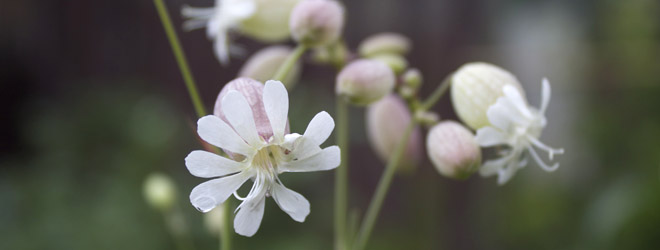
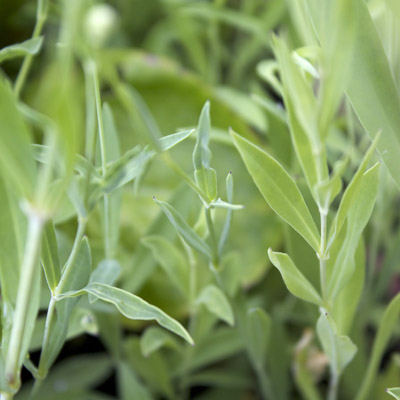
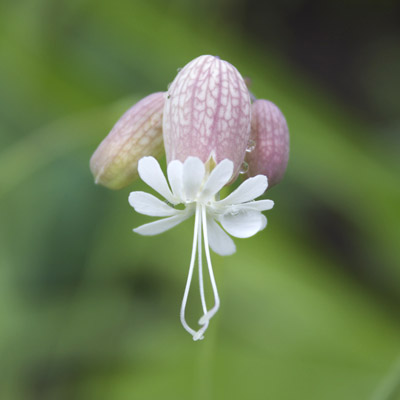
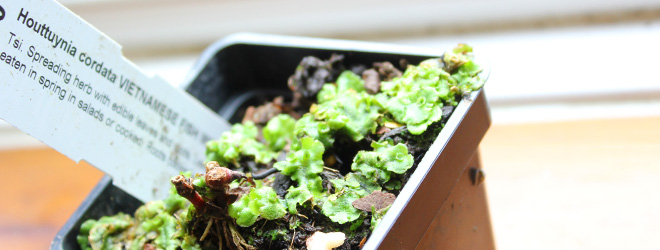


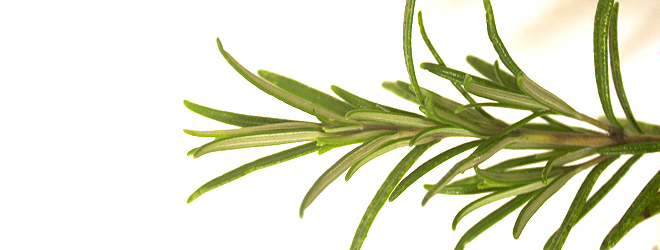
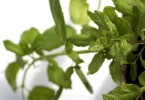
Mine is doing v well in my herb-patch
But the flavour is so mild as to be difficult to detect
Maybe I’m not using enough?
Glad to hear you’re growing it. I haven’t sown any for ages so must give it another go soon. The flavour is very mild and, as I recall, I did need quite a lot in each dish to really appreciate it. I guess it also needs to be used in dishes that don’t have strong flavours – simple omelettes, tortillas, pastas etc.
Poor soil and full sun will enhance the flavour of the leaves. Early in April PNW I get an initial almost pea flavour then a mild bitter flavour. Summer and heat bring more complexity.